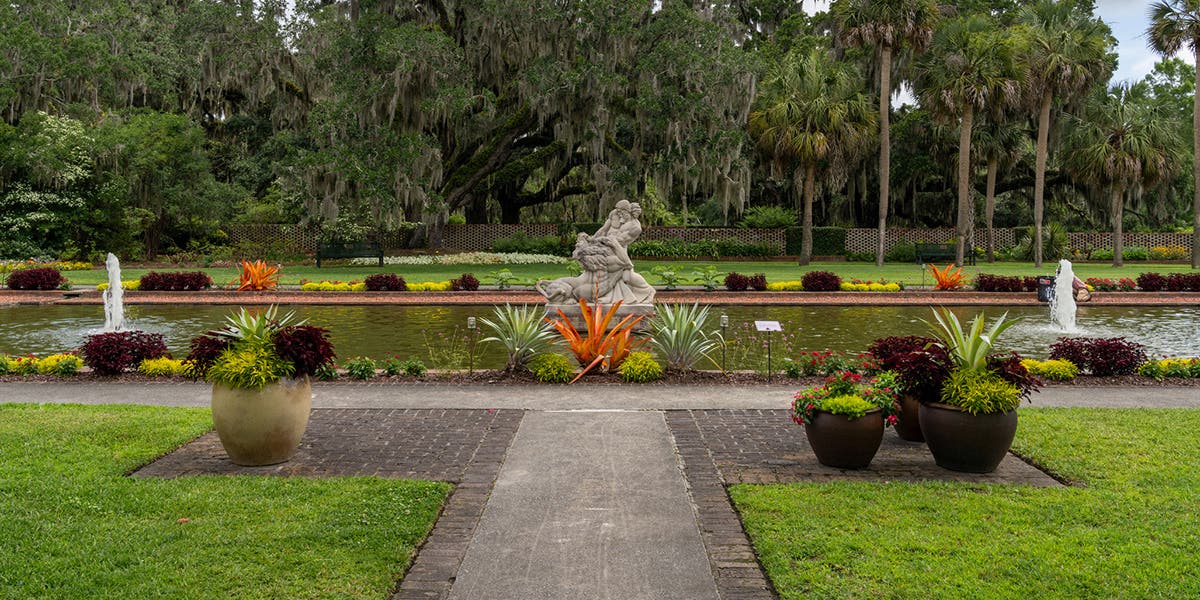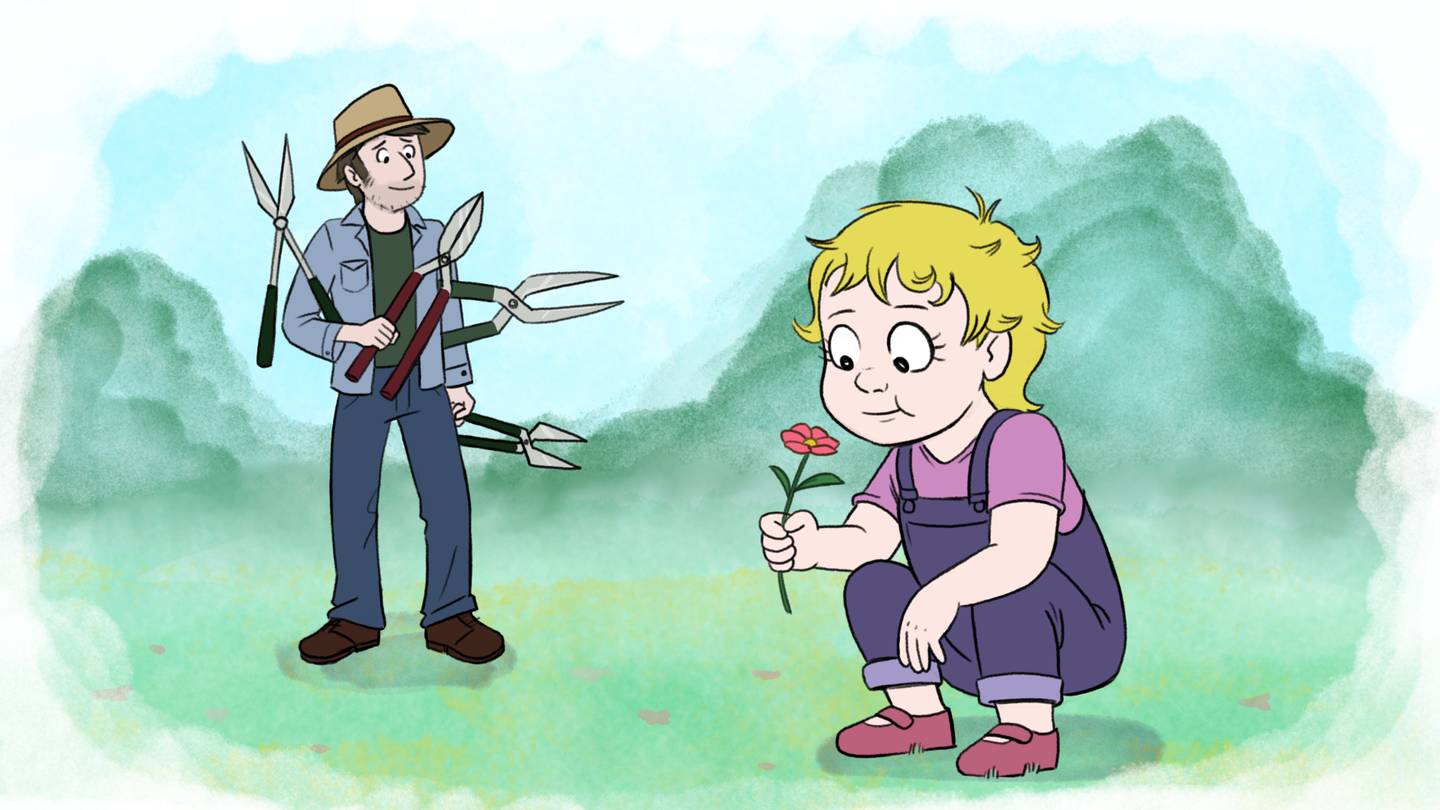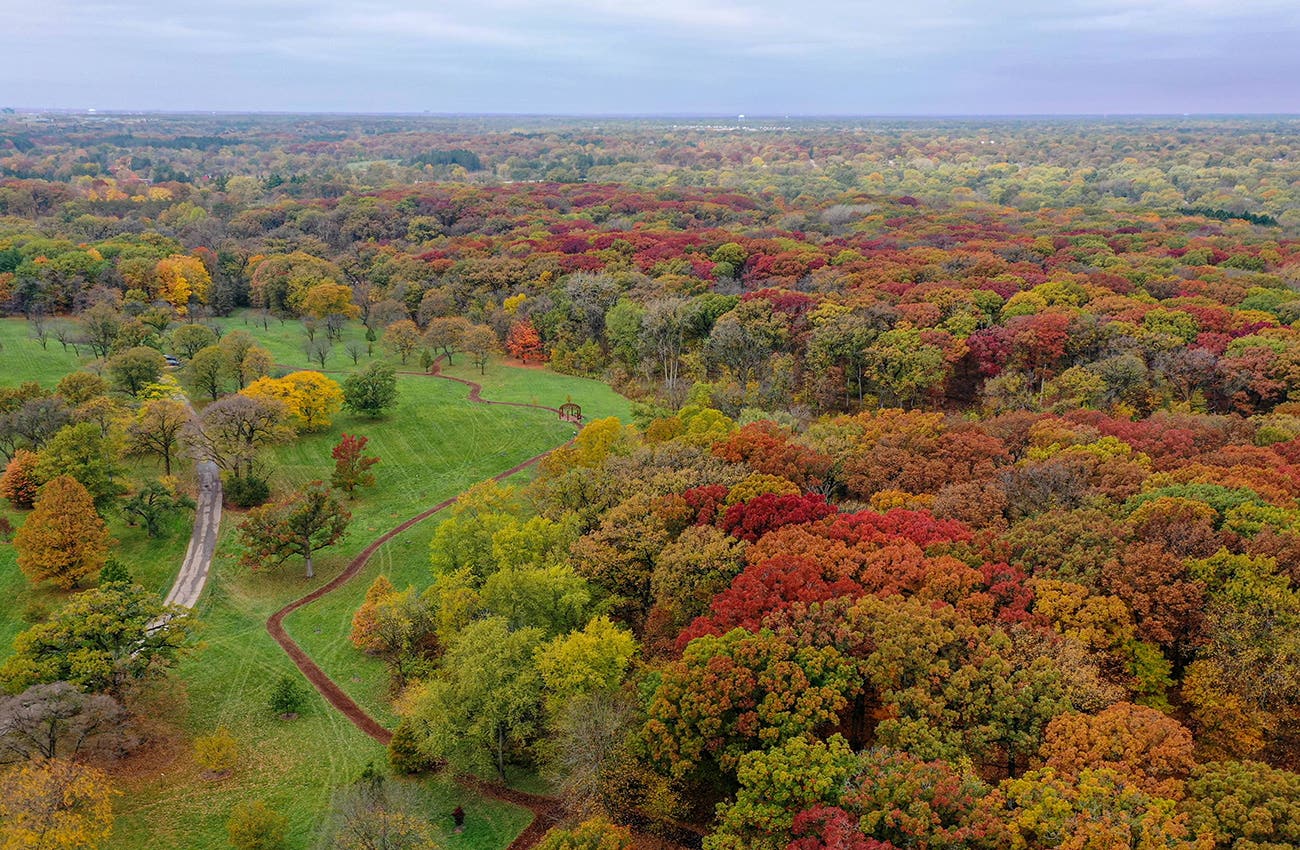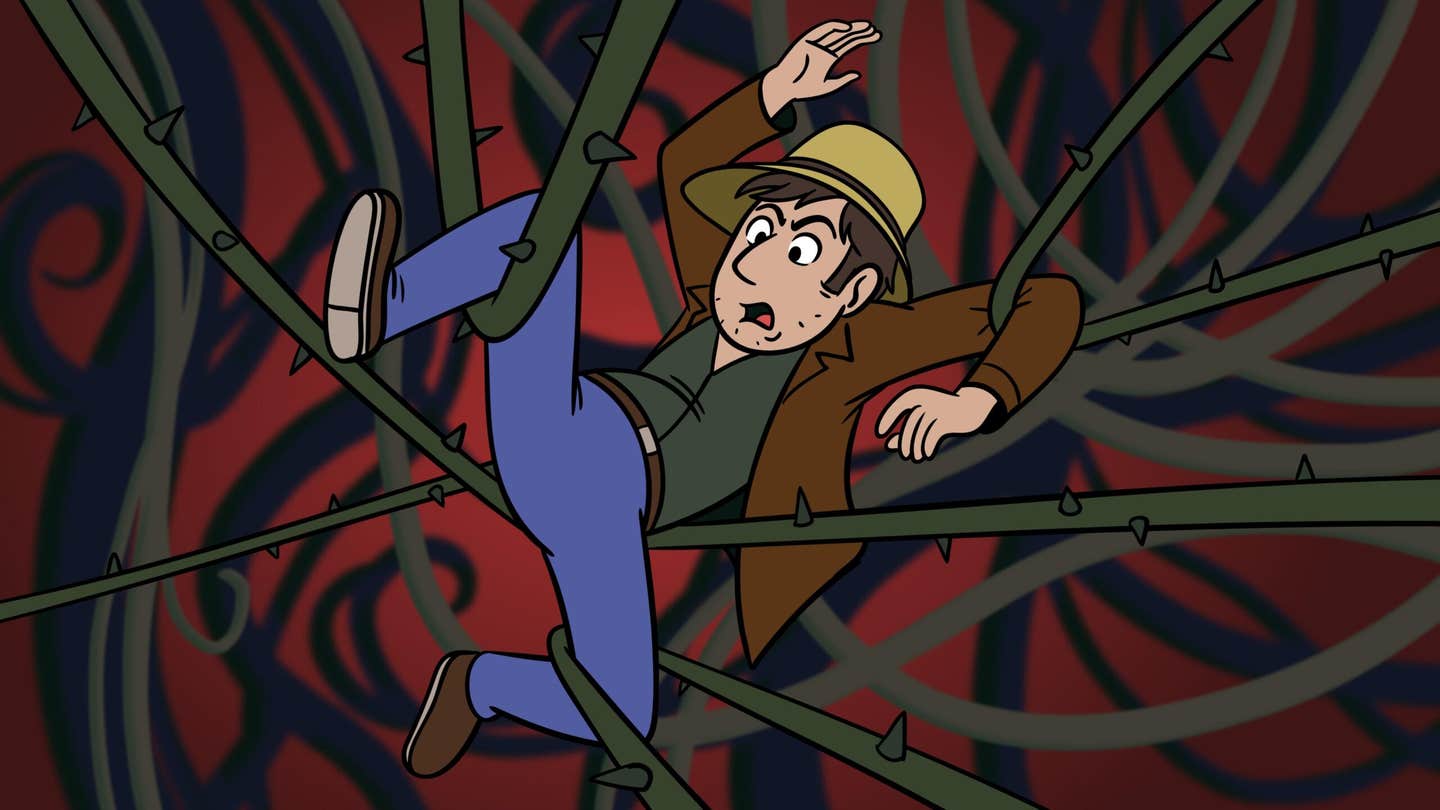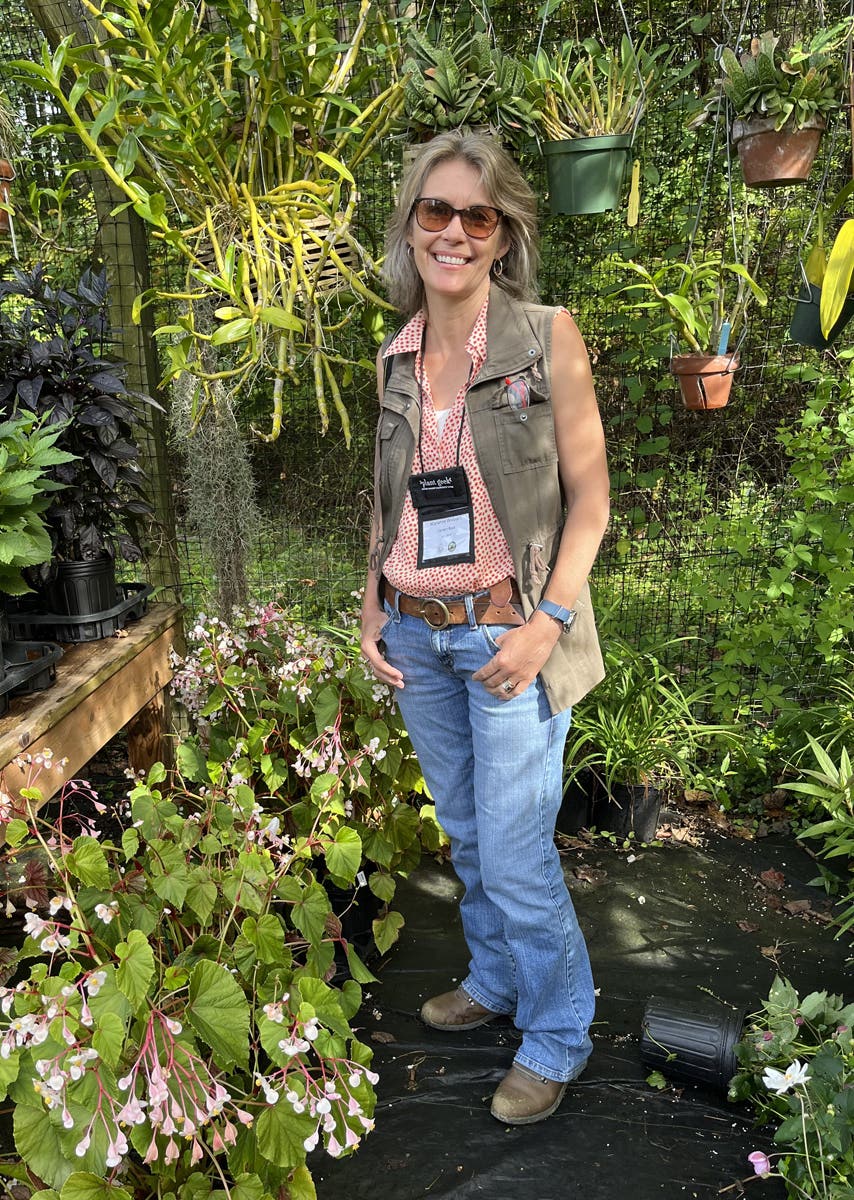Cistus Nursery
For most of us, moving entails packing up our clothes, hoisting our furniture, transporting it all to a new location, and setting up housekeeping. When obsessed plantsmen Sean Hogan and the late Parker Sanderson relocated to Portland, Oregon, in April 1995, their 5,000 precious plants took up far more space in the moving van than all their other possessions…
For most of us, moving entails packing up our clothes, hoisting our furniture, transporting it all to a new location, and setting up housekeeping. When obsessed plantsmen Sean Hogan and the late Parker Sanderson relocated to Portland, Oregon, in April 1995, their 5,000 precious plants took up far more space in the moving van than all their other possessions. Modern day plant hunters, Sean and Parker had botanized the whole world over, focusing on temperate regions that share the Pacific Northwest’s growing conditions and climate (USDA Zones 7–9). Together they collected seed and observed plants in their native habitats in South Africa, South America, Mexico, Australia, the Pacific Northwest, and the American Southwest. Sean searches for the hardiest forms in the wild; the farther south he ranges, the higher he climbs, to choose seed from plants growing near the tree line. Parker, a bulb aficionado and an expert on South African geophytes, gleaned seed wherever they traveled.
In a quiet northeast Portland neighborhood, they found two derelict greenhouses for their plants and a place to start a new garden for themselves. Shortly after their arrival, they started a garden and landscape design practice, which they named Cistus, and quickly assimilated into the local horticultural community. As they worked with their residential and commercial clients, they discovered that many of the plants they specified in their plans were not available from local nurseries. Their frustration and their desire to use plants suited to the regional climate led them to start propagating from their own collection to supplement their design projects.
They joined the Hardy Plant Society of Oregon and became vendors at the group’s twice-yearly plant sales, promoting their progressive plant palette. They encouraged novice and accomplished gardeners alike to look beyond the confines of Zone 6 plants and coined their now-famous battle cry, “zonal denial.” Their endeavor soon outgrew the confines of the two greenhouses in the city. So in 1999 they relocated the plants to Sauvie Island, 10 miles north of Portland, and officially opened Cistus Nursery amid the verdant farmland.
At the two-acre nursery, gardeners are treated to exceptional service and personal assistance. Parker, kind and generous with his time, set the standard for the Cistus staff by always stopping to answer any plant or garden question. As the nursery has grown, so has its reputation as a place for hort heads to congregate. Sean and Parker aimed to make gardening accessible and fun—no snobbishness allowed. Programs, tours of the nursery, special events, and plant-focused evening soirees reflect their philosophy. Comfortable seating spaces in the main retail greenhouse issue an invitation to sit and chat with other visitors, as do the benches and chairs scattered throughout the display garden. Cistus has hosted joyful weddings and, after his passing in 2006, witnessed a celebration of Parker’s life.
An Orderly Approach
Prior to their move, both Parker and Sean had worked in botanic gardens—Parker as manager of the University of California Arboretum at Davis and Sean as curator of collections at the University of California Botanic Garden in Berkeley. Their prior careers prompted them to organize the nursery in a phytogeographic style, with pavilions housing plants from specific global habitats.
A conglomeration of woody trees and shrubs as diverse as maples (Acer spp.), crape myrtles (Lagerstroemia spp.), and maidenhair trees (Gingko biloba) are housed in the Secondary Xylem structure. The area dedicated to Laurasia (the northern half of the ancient landmass Pangea) showcases plants from areas with summer rainfall, including Eurasia and northeastern America. Hydrangeas and Dichroa species (evergreen hydrangea relatives), edgeworthias, camellias, and lilies sit here.
West Coast natives are found in the aboriginal section, where the offerings go far beyond the tried and true. A range of ceanothus, evergreen and deciduous, from large shrubs to spreading groundcovers, includes species and hybrids. Plants in the Mediterranean section, including lavenders (Lavandula spp.), rock roses (Cistus spp.), and myrtles (Myrtus spp.) originate in areas with winter rainfall and summer drought. Drought-tolerant, prickly, spiny, and barbed specimens of agaves, yuccas, and aloes, and prickly pears (Opuntia spp.) and other cacti jut from their pots in the Xeriphyte space. Sean often holds court here, proselytizing the virtues of these architectural evergreens and challenging customers to "create zeriscapes that aren't zeros."
The genera Grevillia, Podocarpus, Hebe, Callistemon, and Pittosporum are just a few of the Southern Hemisphere representatives showcased in the Araucana bay. Bamboos and hardy tropicals share the Zonal Denial space. Towering bananas and cannas jostle with palms and ginger lilies (Hedychium spp.). And the Pollo Coop, named at a time when Parker was intrigued by chickens and raising them at the nursery, harbors shade plants from around the globe.
Display gardens frame the nursery and driveway. In the irreverently titled Rubidor Corridor, Blood-and-Guts Border, and Better-Red-Than-Dead bed, burgundy, maroon, merlot, and purple foliage share space with red, cerise, magenta, and orange flowers. Across the driveway, the Mediterranean garden shields the parking lot from view, with glints of silvery grays and frosted blues. In the front entry, yellow, chartreuse, and variegated plants vie for attention.
A Look Forward
Sean continues the quest he and Parker began together, focusing on native and broadleaf evergreen plants. As he looks to the future his vision is clear. “One of our roles is to help select the best forms of plants,” he says. “That involves making fewer selections. The world doesn’t need 90 ceanothus. We want to hone that number down to 10 to 12 offerings that are all stellar performers.” He and propagator Josh McCulloch are excited about their breeding program, which currently focuses on dahlias, nerines, yuccas, and abutilons.
What began as an offshoot of a personal plant collection has grown into a mecca for West Coast and mail-order customers seeking plants from all continents. And the nursery celebrates its founders’ adopted home, too—with a mission to grow and introduce more native plants, especially those from the Willamette Valley savannah and the Siskiyou Mountains.


